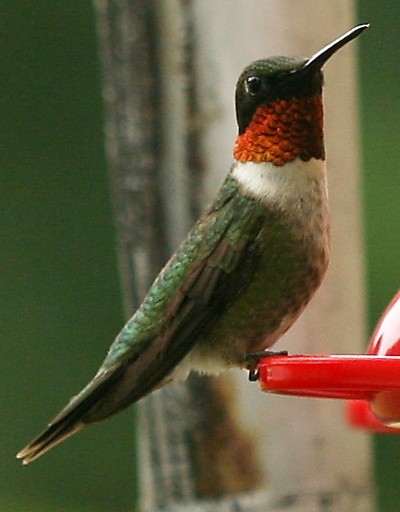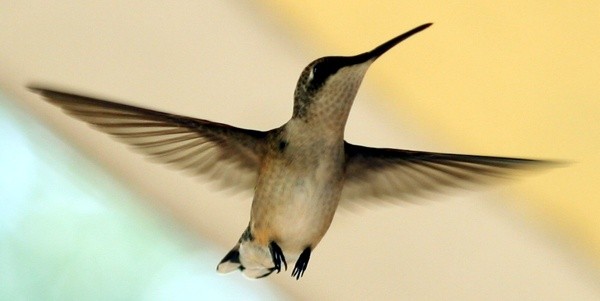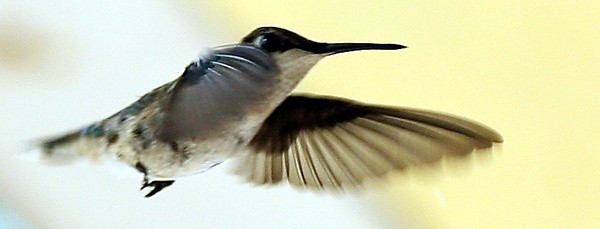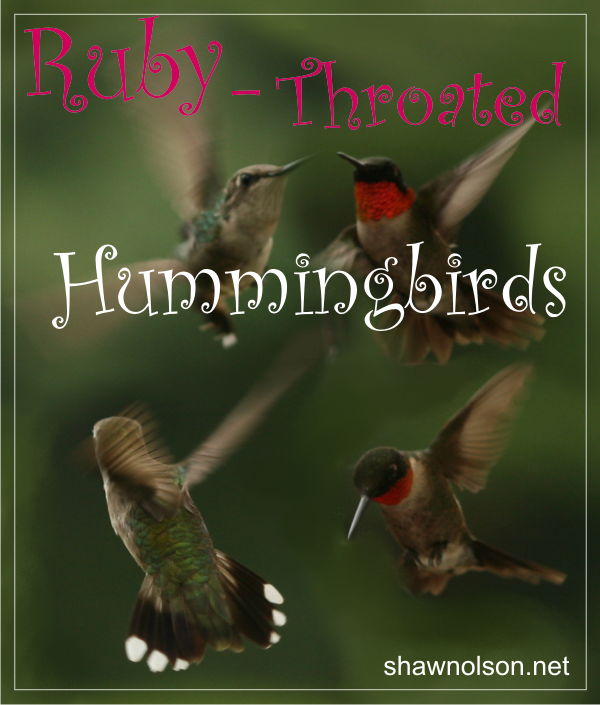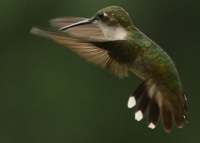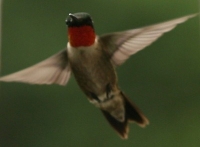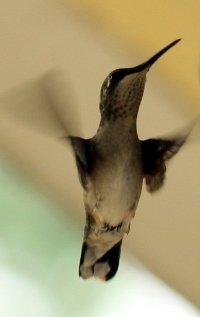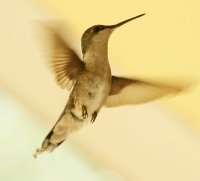Ruby-Throated Hummingbird
I have always been fascinated with hummingbirds. While they are not uncommon, it is often hard to spot them because they are so small and fleet. My mother used to attract them with some flowers; even with the right flowers, I doubt I ever saw more than a dozen a year throughout my life.
That frequency changed after visiting family in Pennsylvania. Jenny’s grandmother keeps some hummingbird feeders stocked with sugar water over the summer months. Her home at the base of a mountain is a thriving epicenter of the Ruby-Throated Hummingbird. The photos on this page are all from a couple hours sitting near her two feeders.
Before the time I spent snapping these shots, I was unaware of how territorial hummingbirds can be—especially with the sugar water in the feeder. In the video clip added here, you will notice females attacking each other harshly. I watched some hummingbirds wait in a tree forty feet away just to zoom in and drive off any newcomer. There was no shortage of sugar water… but the amount of calories each bird must consume to stay active probably creates this highly competitive behavior towards food sources.
According to informational sites about the Ruby-Throated Hummingbird, the average hummingbird beats its wings around 52 times per second. One site said that that number jumps to 200 times per second during courtship rituals.
The Ruby-Throated Hummingbird lives as far north as Canada. This little bird flies across the entire Gulf of Mexico during its migration to spend the winter in the warmer south.
One of the oddest (and sad things if you like hummingbirds) was when I found a hummingbird wrapped in the web of a large garden spider.
An interesting insect that I have sometimes temporarily misidentified as a hummingbird is the hummingbird moth (also called the bumblebee moth).
Learn More about Hummingbirds
- Related Topics
